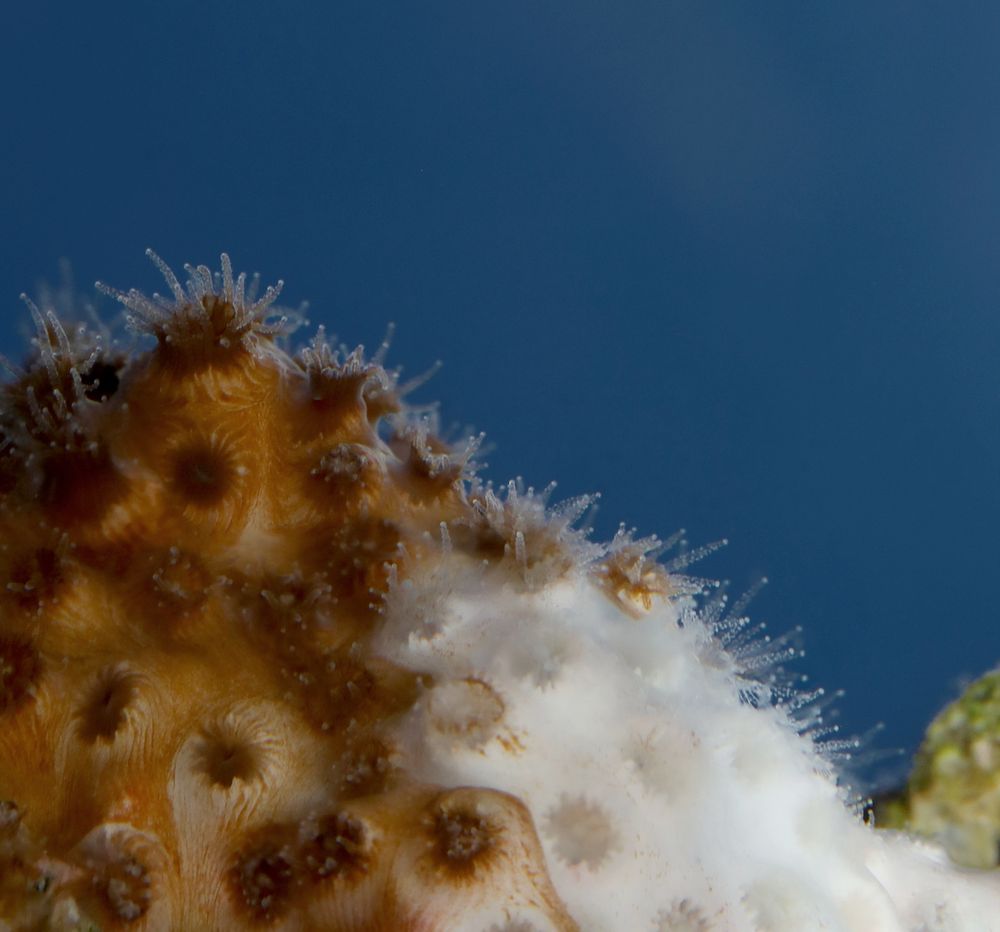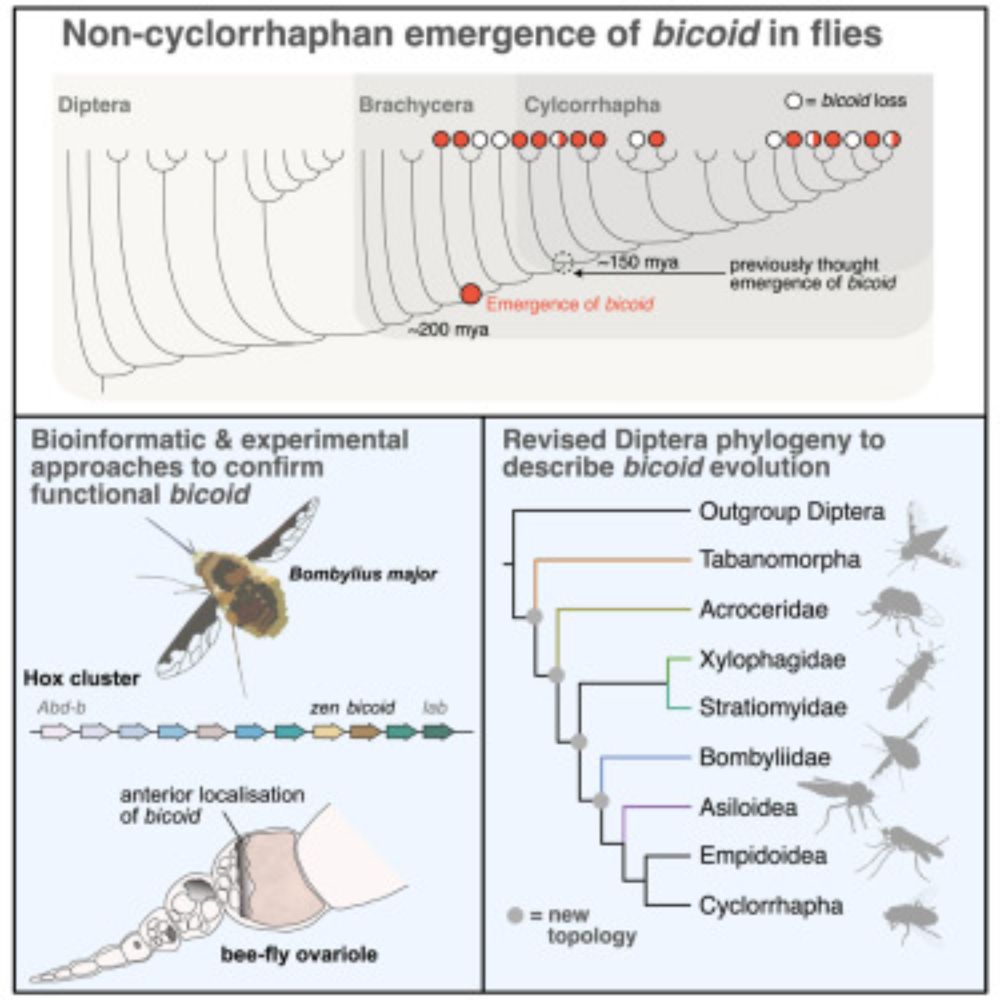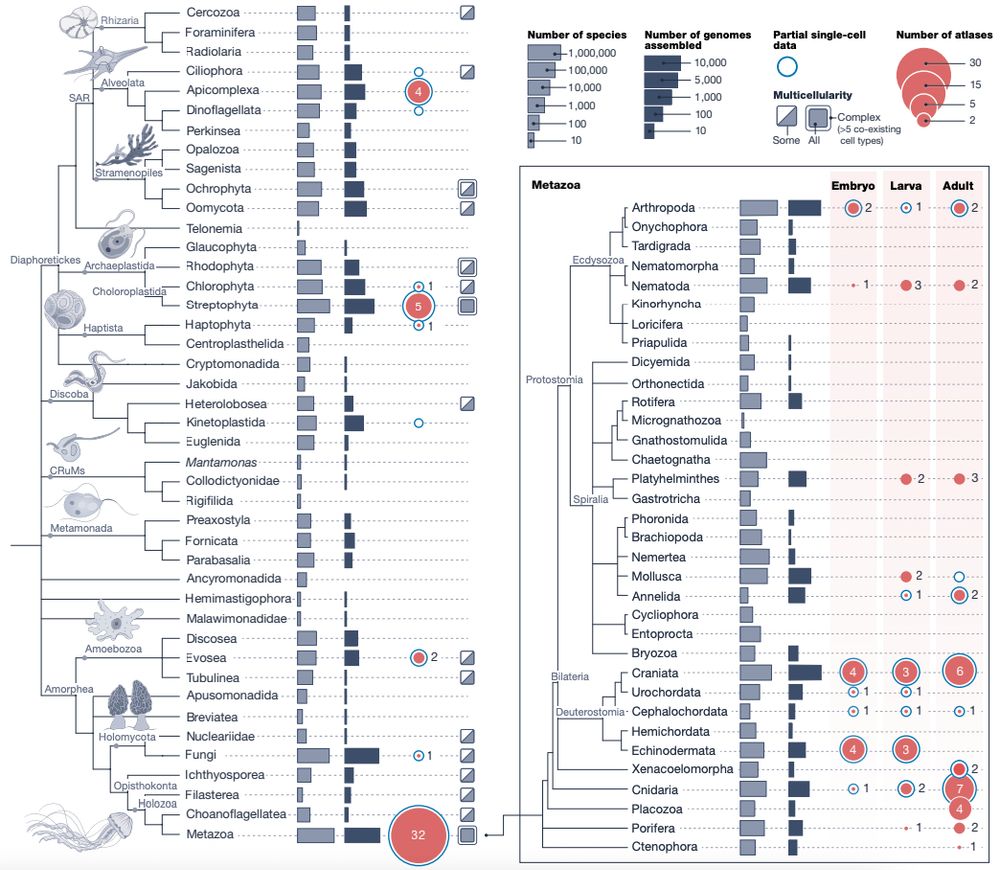

www.cell.com/current-biol...
Congrats to you both on a wonderful piece of work!
Is it sponges (panels A & B) or comb jellies (C & D) that root the animal tree of life?
For over 15 years, #phylogenomic studies have been divided.
We provide new evidence suggesting that...
🔗: www.science.org/doi/10.1126/...

Congrats to you both on a wonderful piece of work!
Is it sponges (panels A & B) or comb jellies (C & D) that root the animal tree of life?
For over 15 years, #phylogenomic studies have been divided.
We provide new evidence suggesting that...
🔗: www.science.org/doi/10.1126/...

Is it sponges (panels A & B) or comb jellies (C & D) that root the animal tree of life?
For over 15 years, #phylogenomic studies have been divided.
We provide new evidence suggesting that...
🔗: www.science.org/doi/10.1126/...
rdcu.be/eLbaZ

rdcu.be/eLbaZ

Available as book, on kindle and as audio.
I would be really grateful for reposts.
www.amazon.com/Tree-Life-So...
www.amazon.ca/Tree-Life-So...

Available as book, on kindle and as audio.
I would be really grateful for reposts.
www.amazon.com/Tree-Life-So...
www.amazon.ca/Tree-Life-So...
Super excited to see this work out in Current Biology - we sequenced a phoronid genome and used shared chromosome fusions to confirm the monophyly of Lophophorata.
A big team effort from the Luo Lab @yjluo.bsky.social!
More here: authors.elsevier.com/c/1m3mV3QW8S...

Super excited to see this work out in Current Biology - we sequenced a phoronid genome and used shared chromosome fusions to confirm the monophyly of Lophophorata.
A big team effort from the Luo Lab @yjluo.bsky.social!
More here: authors.elsevier.com/c/1m3mV3QW8S...
www.cell.com/current-biol...

www.cell.com/current-biol...
🪼🙃
Find out about their amazing biology here👇
www.cell.com/current-biol...
by Noémie Buratto& @elisjthore.bsky.social

🪼🙃
Find out about their amazing biology here👇
www.cell.com/current-biol...
by Noémie Buratto& @elisjthore.bsky.social

We find the fly development gene bicoid is much older than previously thought (~20 million yrs older!) 🪰🧬
To pinpoint its origins we tackled the Diptera phylogeny, providing some resolution (many open questions remain).
🔗 tinyurl.com/2vyuevpy

We find the fly development gene bicoid is much older than previously thought (~20 million yrs older!) 🪰🧬
To pinpoint its origins we tackled the Diptera phylogeny, providing some resolution (many open questions remain).
🔗 tinyurl.com/2vyuevpy
On the cover: Image of three Hydra specimens. A wild-type Hydra (centre) and two transformants showing switch of foot (pink) to tentacle (yellow) (right) and tentacles to feet (left).
See Research Article by Ferenc et al.
journals.biologists.com/dev/article/...



With €2 million in funding, Anna will explore the biology of gravisensation and uncover insights into related disorders. 🧠
#CMCBnews @tudresden.bsky.social #ERCStG

With €2 million in funding, Anna will explore the biology of gravisensation and uncover insights into related disorders. 🧠
#CMCBnews @tudresden.bsky.social #ERCStG
www.biorxiv.org/content/10.1...
Read on below!
1/12 🧵

www.biorxiv.org/content/10.1...
Read on below!
1/12 🧵


We will use several echinoderm species to study animal body plan evolution.
🔽 Check our brand new lab website if you want to learn more about our future research
www.echinox.org

We will use several echinoderm species to study animal body plan evolution.
🔽 Check our brand new lab website if you want to learn more about our future research
www.echinox.org
www.nature.com/articles/s41...

www.nature.com/articles/s41...

This is two stories in one: a case study/cautionary tale on developing genetic tools in new organisms, and the first hint at a gene regulatory network for choanoflagellate multicellular development (which turn out to involve a Hippo/YAP/ECM loop!) A 🧵

This is two stories in one: a case study/cautionary tale on developing genetic tools in new organisms, and the first hint at a gene regulatory network for choanoflagellate multicellular development (which turn out to involve a Hippo/YAP/ECM loop!) A 🧵
www.biorxiv.org/content/10.1...

www.biorxiv.org/content/10.1...
We ran a huge experiment to find out how ecological context favours camouflage and warning colouration as antipredator strategies. 1/6
www.science.org/doi/10.1126/...

We ran a huge experiment to find out how ecological context favours camouflage and warning colouration as antipredator strategies. 1/6
www.science.org/doi/10.1126/...


